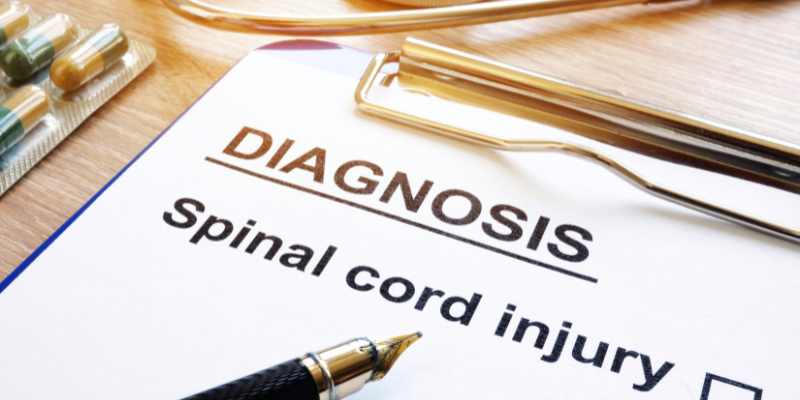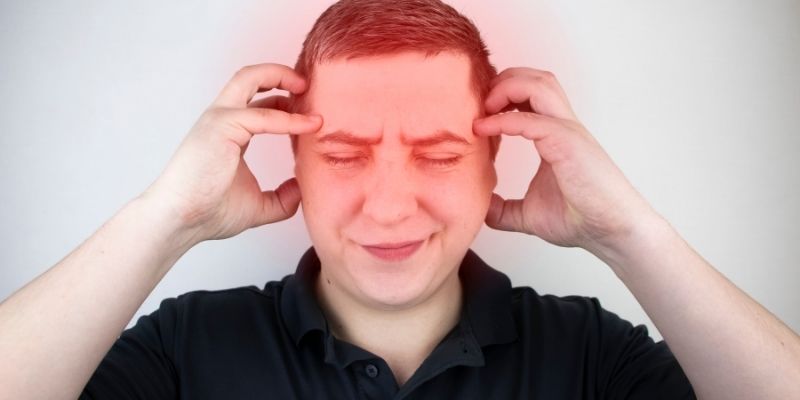Why Do Side Stitches Happen and How Can You Stop Them?
Side stitch is something every exerciser, especially runners, has felt at some point. Athletes and non-athletes frequently experience painful side stitches, medically referred to as exercise-related temporary abdominal discomfort (ETAP). Although they pose no threat, they have the potential to impede your exercise and make it challenging to keep going.
Knowing what causes side stitches and how to manage and prevent them effectively will allow you to work without pain. Keep reading the article to find out more about side stitches.
What Is a Side Stitch?

The intense, stabbing pain felt on one side of the abdomen, right below the ribs, is known as a side stitch. Running, swimming, or cycling are some physical activities that frequently cause it because of the repeated motions.
Signs and Symptoms of Side Stitch
Signs and symptoms that will help you know that you are suffering from a side stitch:
- A sharp or piercing ache in the area below the rib cage
- Possible discomfort that travels to the back or shoulders
- Achy sensation that gets better when you lie down
Side stitches aren't dangerous but annoying and can make physical performance hard.
How Do Side Stitches Occur?
Although researchers have not pinpointed a single cause for side stitches, they have identified other potential contributors, such as:
Diaphragmatic Distraction
Intense activity can strain the diaphragm, which is essential for breathing but can become problematic in people with shallow or irregular breathing patterns. When this muscle is overworked, it can cause cramps and the ache known as a side stitch.
Alteration of Blood Flow
When you train out, your heart pumps blood back to your muscles instead of the diaphragm. The diaphragm may spasm due to the decreased blood supply, which might lead to a side stitch.
Food Poisoning
The risk of side stitches increases if you irritate the lining of your stomach by eating a big meal or drinking sugary drinks just before your workout. You risk straining ligaments that attach to your diaphragm due to the additional weight in your stomach.
Sitting awkwardly
When you slouch or use poor form during exercise, you increase the risk of side stitches because you strain your abdominal muscles and diaphragm.
No Pre-Workout Warmup
The diaphragm and other muscles might be shocked into cramping if you jump into strenuous action without first warming up.
Diaphragmatic strain, alterations in blood flow, and gastrointestinal problems are likely to blame for side sutures.
How to Prevent Side Stitch?

Listed below are a few ways that may help prevent side stitches:
Plan Your Meals in Advance
Try to avoid consuming anything heavy within two to three hours of working out. If you're short on energy, have a small snack instead of something heavy. It's best to avoid sugary and fatty foods because they could be tough to digest.
Deep Breathing
Your diaphragm may become strained if you breathe shallowly. Concentrate on breathing deeply and rhythmically:
Let your tummy expand as you inhale deeply through your nose.
Breathe out entirely silently.
This method lessens strain on the diaphragm and guarantees an adequate oxygen flow.
Build Your Abs
Side stitches are less likely to occur when your abdominal muscles and diaphragm are well-supported by a strong core. Strengthen your abdominal muscles by including crunches, leg lifts, and planks in your workout routine.
Get Ready to Work Out
A good warmup should include exercises to prepare the muscles and cardiovascular system for exercise, such as dynamic stretches and aerobic exercises. As a result, blood flow improves gradually, and cramping is less likely to occur.
Rehydrate Regularly
Muscle cramping, including diaphragmatic cramping, can be worsened by dehydration. Stay hydrated, and remember to sip a little water while working out. Stay away from sugary sports drinks because they can make side stitches worse.
Point to ponder: Drink just the right amount of water before exercising to avoid overhydration, which can lead to pain.
How to Handle Side Stitches?
Although you take every precaution, side stitches can still occur occasionally when exercising. If it happens, here's what you can do right away to feel better:
- First Things First: Adjust Your Breathing
Meditate on your breath and relax. Think about the "pursed-lip breathing" method as an example:
Take a deep breath through your nose.
Breathe out slowly and forcefully through your pursed lips.
- Go easy
It may be helpful to ease into your workout or at least walk till the ache goes away.
- Do a side stretch
To alleviate stress, gently extend the affected side:
Lean toward the side that isn't hurting, and lift your arm from that side.
Hold for 15 to 30 seconds and then repeat.
- Use Pressure
Hold the spot where you feel the stitch for a few seconds as you breathe deeply, then gently press down on it. It helps alleviate the pain.
- Clear Your Mind and Relax
The stitch will worsen if you tense yourself in reaction to the pain. Keep your breathing regular and your abdominal muscles relaxed.
Know When to Visit a doctor.
Although side stitches are typically painless, if the pain persists or is very intense, it may be a sign of a more serious problem, like:
Issues with the gallbladder
Strained muscle, appendicitis
See a doctor if the discomfort doesn't go away after you exercise or if you're also experiencing other symptoms like a high temperature, nausea, or vomiting.
Tips to Avoid Side Stitches
Here are some more things to keep in mind if you get side stitches often:
- A more efficient way to run is to stand up straight, keep your shoulders back, and take a solid step.
- Keep track of what you eat, how much water you drink, and how often you exercise to determine what's causing your side stitches.
Conclusion:
While side stitches are certainly annoying, they dont need to prevent you from exercising as usual. To avoid them, one must first know what triggers them. You can easily avoid this pain by following some basic breathing exercises, drinking plenty of water, and eating at the right times.
To alleviate the discomfort of a side stitch while exercising, you can slow down, stretch, or apply little pressure. To get the most out of your workouts and reduce pain, pay attention to your body and follow these guidelines.












